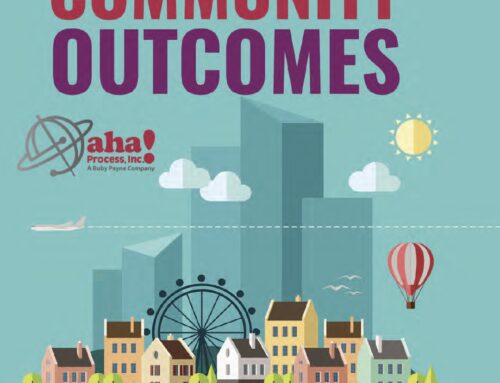If you were to take an informal poll of who is in special education classrooms across the U.S., you would discover that about seventy percent of the students come from poverty and are eligible for free or reduced lunches. Statistically speaking, this does not make sense as about 95% of any population will function within two standard deviations of the norm. So, in a student population of 500, it would figure that about 25 students will not fit the norm – and that would be an equal distribution across different populations. In other words, one would say that of that 25, there should be a fairly equal representation of males, females, minorities, and all socio-economic levels of students. Yet, we all know that in practice that does not happen. Why not?
Role of External Environment in Identification in Special Education
First of all, the identification practices have to do with the measurement of success in school as we currently “do” school. For a student to “do” school well, it requires a stable set of resources outside of school. The achievement gap should, in many cases, be named the “resource gap.”
In my work, A Framework for Understanding Poverty, we identify poverty and wealth as “the extent to which one has eight resources.” These resources are 1) financial, 2) emotional, 3) mental, 4) spiritual, 5) physical, 6) language of school and work (formal register), 7) support systems and 8) relationships and role models – in addition to the knowledge of the “hidden rules” of the environment.
Regardless of where one lives in the world, the fewer resources a person has, the greater the level of instability in his/her life. The greater the level of instability, the less value planning has because every day is about survival. Any survival environment requires that one be reactive, respond to sensual data, and give high credibility to non-verbals of people. (Non-verbals are much more accurate indicators of intent than words are. Survival requires close scrutiny of intent.) Yet, to survive in school and work, one is required to plan, use language to negotiate his environment, and be able to live in an abstract representational environment of paper.
The worlds of survival and school are two different universes and require two different methods of negotiating environments. (For more information on this, read the chapter on learning in Under-Resourced Learners.) In addition to lacking the “resources” to negotiate the school environment, a typical student from poverty is also combatting negative environmental impacts on the brain.
Brain Research of Poverty on Cognitive Functioning
As more and more research and MRI brain scans are being done, the research is clear that scarcity – the whole concept of not getting your needs met – changes all kinds of brain activity. (Read the book, Scarcity.)
- IQ tends to be lowered about 13 points because of the stressors of the environment.
- The prefrontal cortex of the brain (responsible for executive functioning like planning, working memory and impulse control) is not developed in the brains of children from poverty. The researchers found that it can be developed, but the environmental effects of poverty do not develop it. (University of California –Berkeley)
- There is an inter-generational transmission of knowledge. (University of Chicago)
- Reading skill levels and reasoning skills at ages 5 and 14 could be predicted by the vocation of the maternal grandfather. (Australia)
- Early poverty impacts for all of his/her life.
- Language acquisition is less than those in households with stable resources.
What Can Be Done to Identify Fewer Students from Poverty in Special Education?
First, psychologists and teachers need to be trained in the realities of poverty and its impact on language acquisition, cognitive functioning, and learned responses to environments and adults. A Framework for Understanding Poverty is a way to begin that discussion. Additionally, RTI assessments need to be done so that student access to external (outside of school) resources is identified. (Interventions do not work if the resources are not available.) And lastly, supports to develop language and executive functioning need to be used in grades K-3 so that identification is more accurate.
And, last but not least, students should not be identified for special education simply so they can get 504 monies into their homes when there is not truly a cognitive issue.








